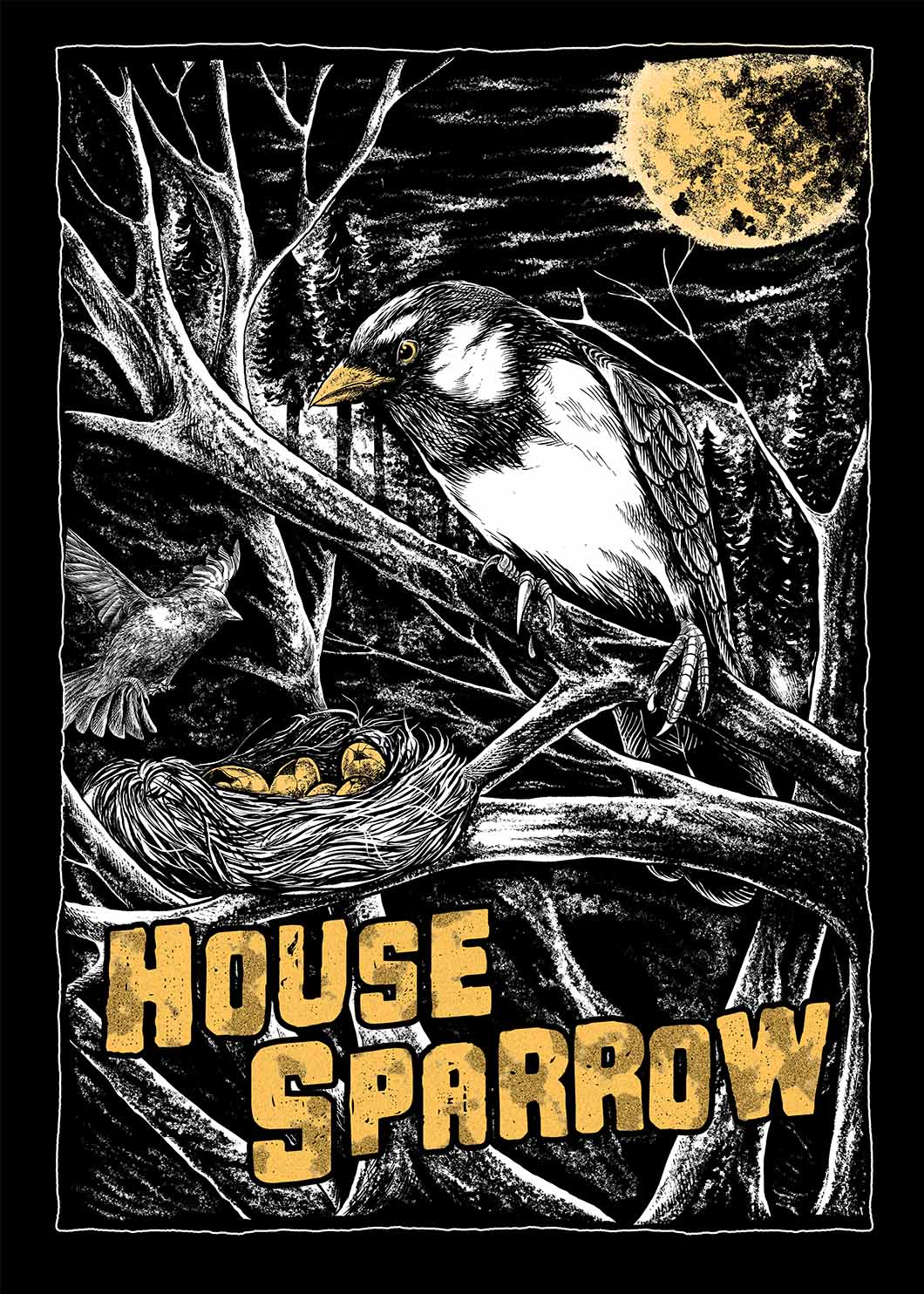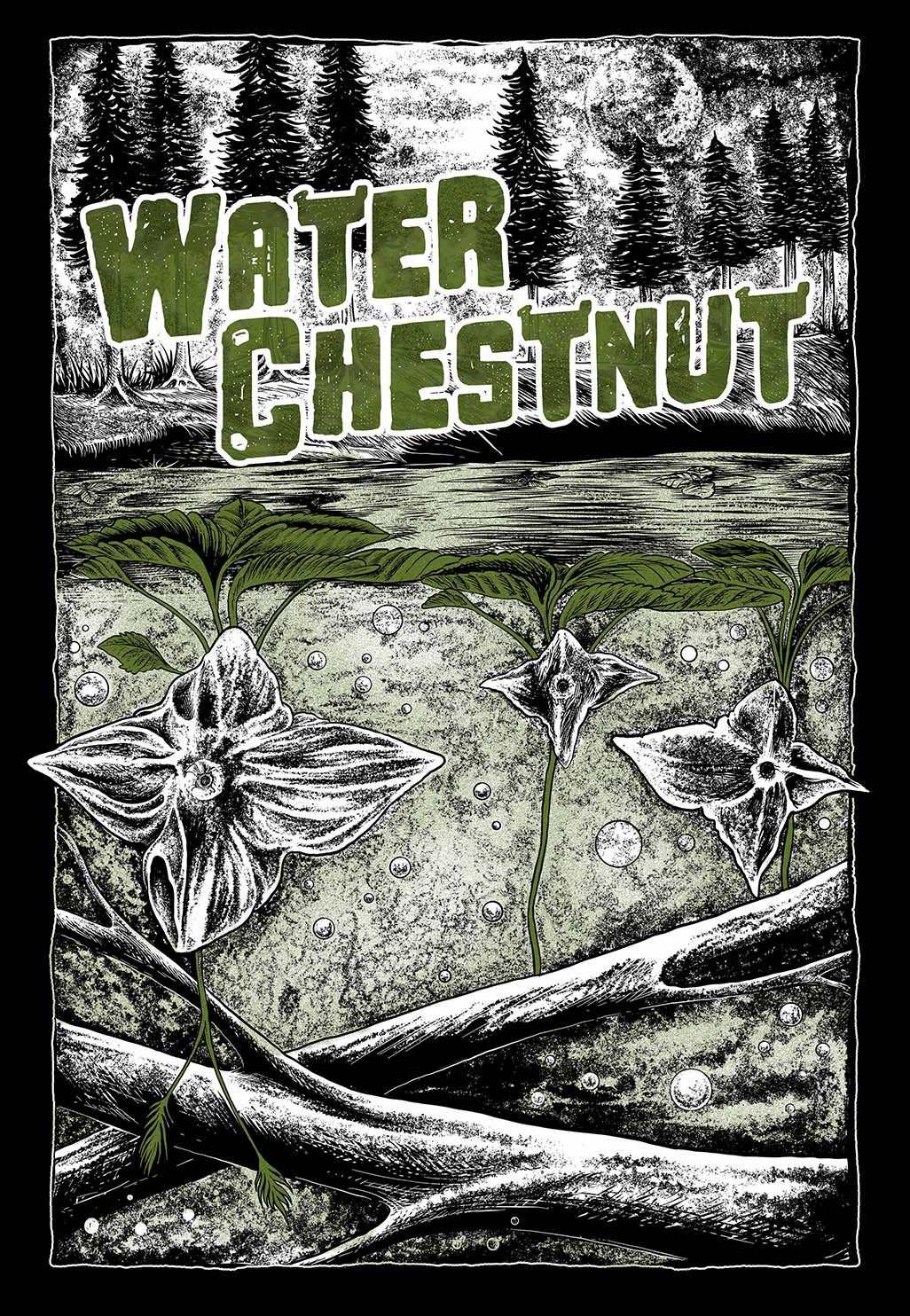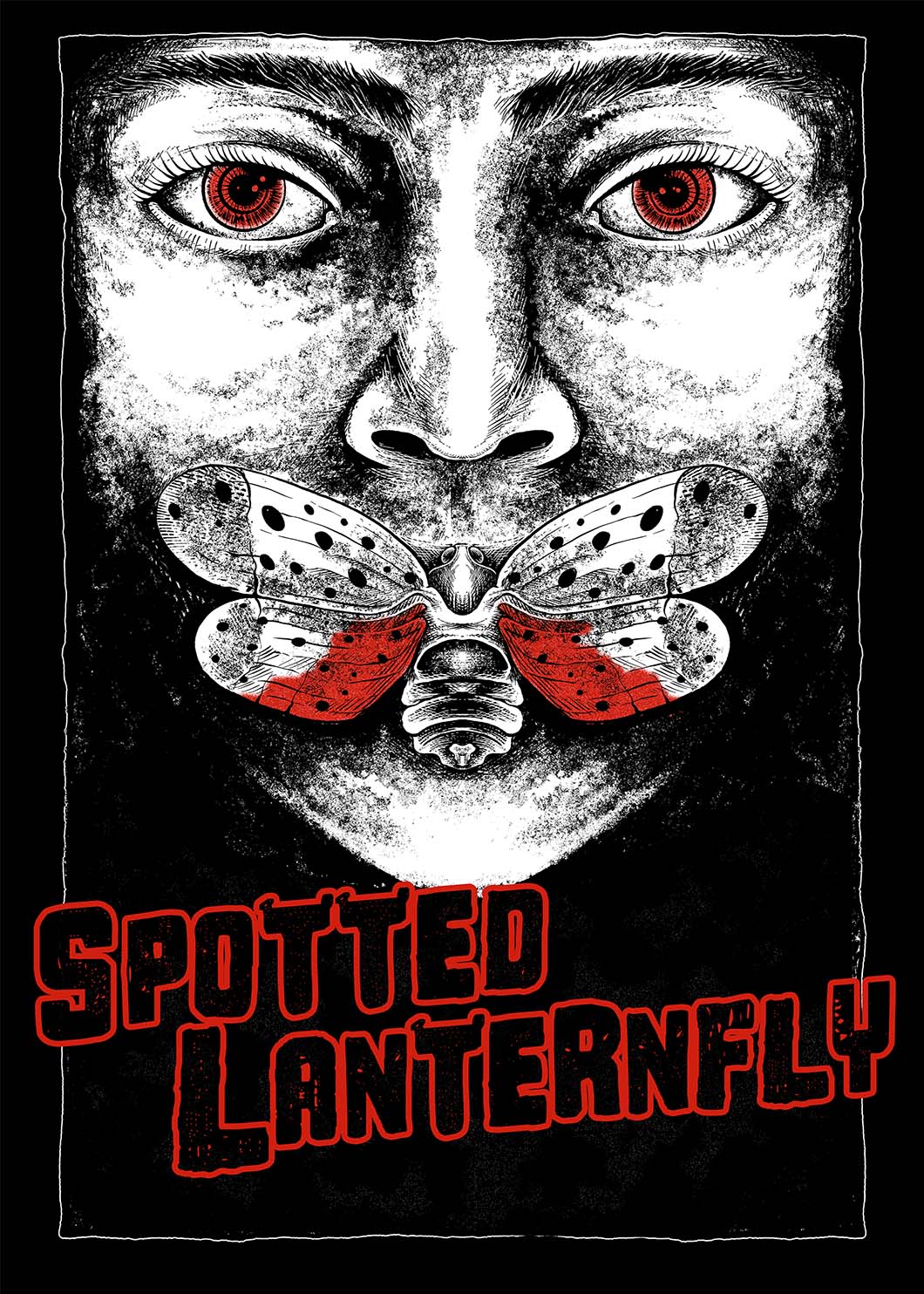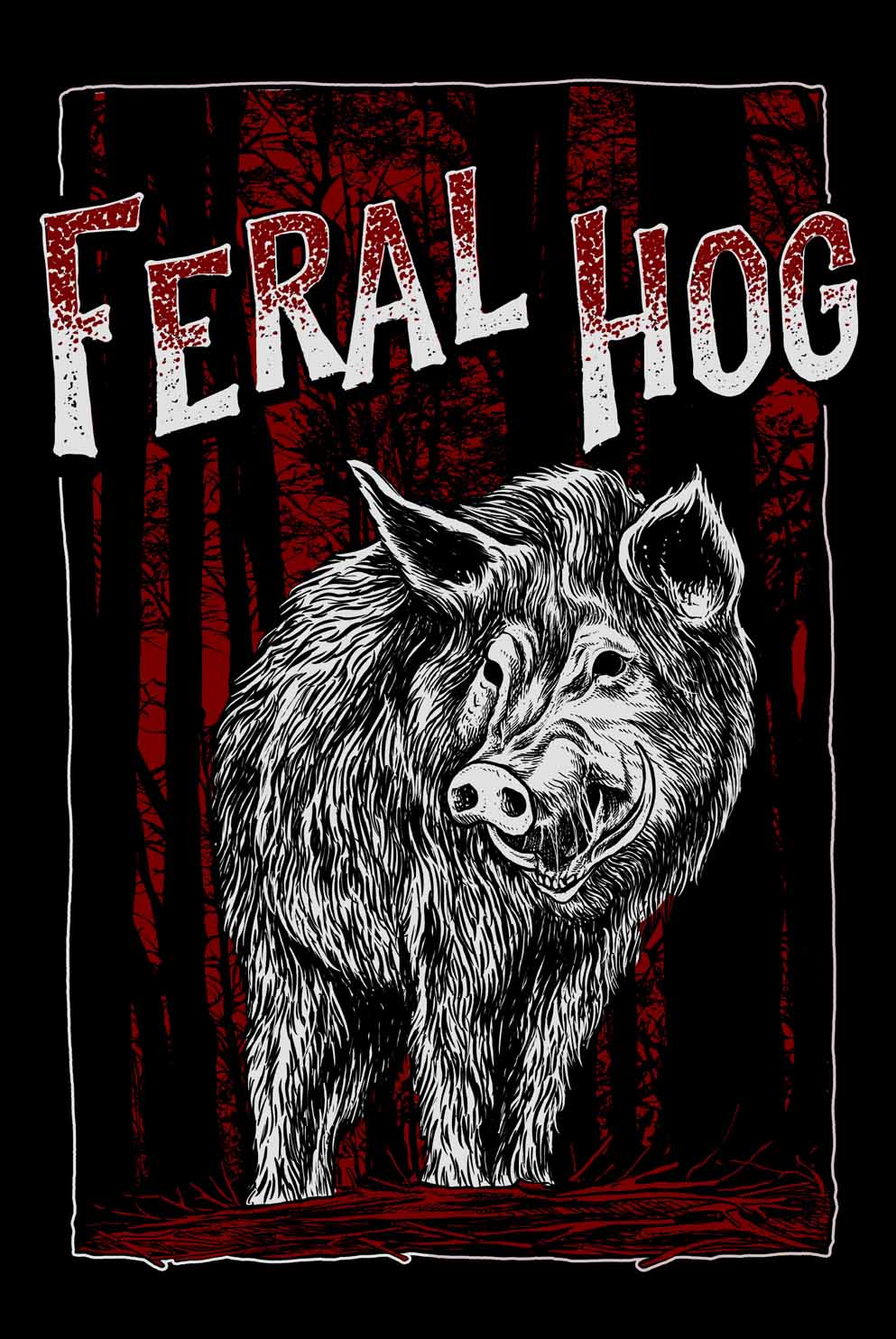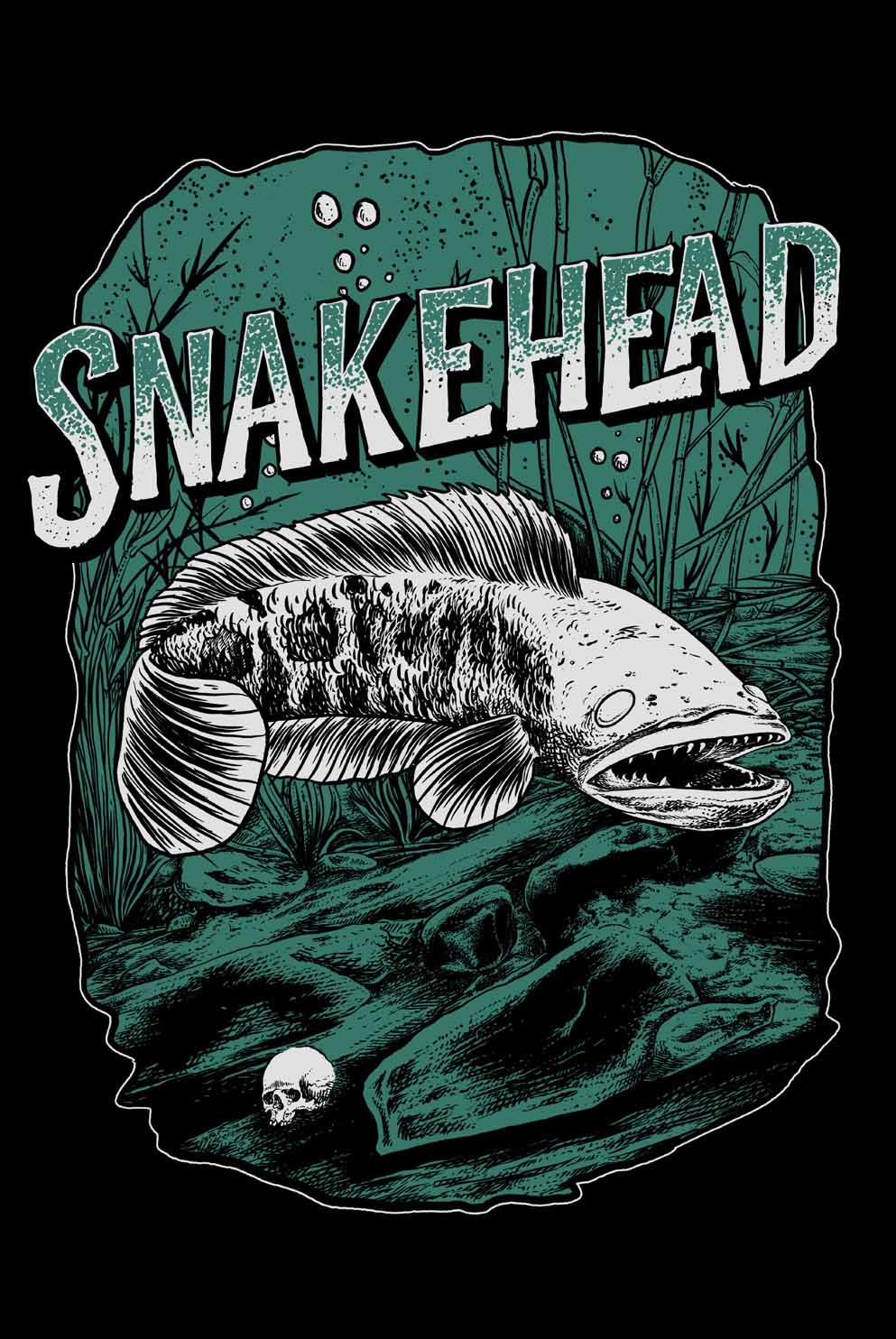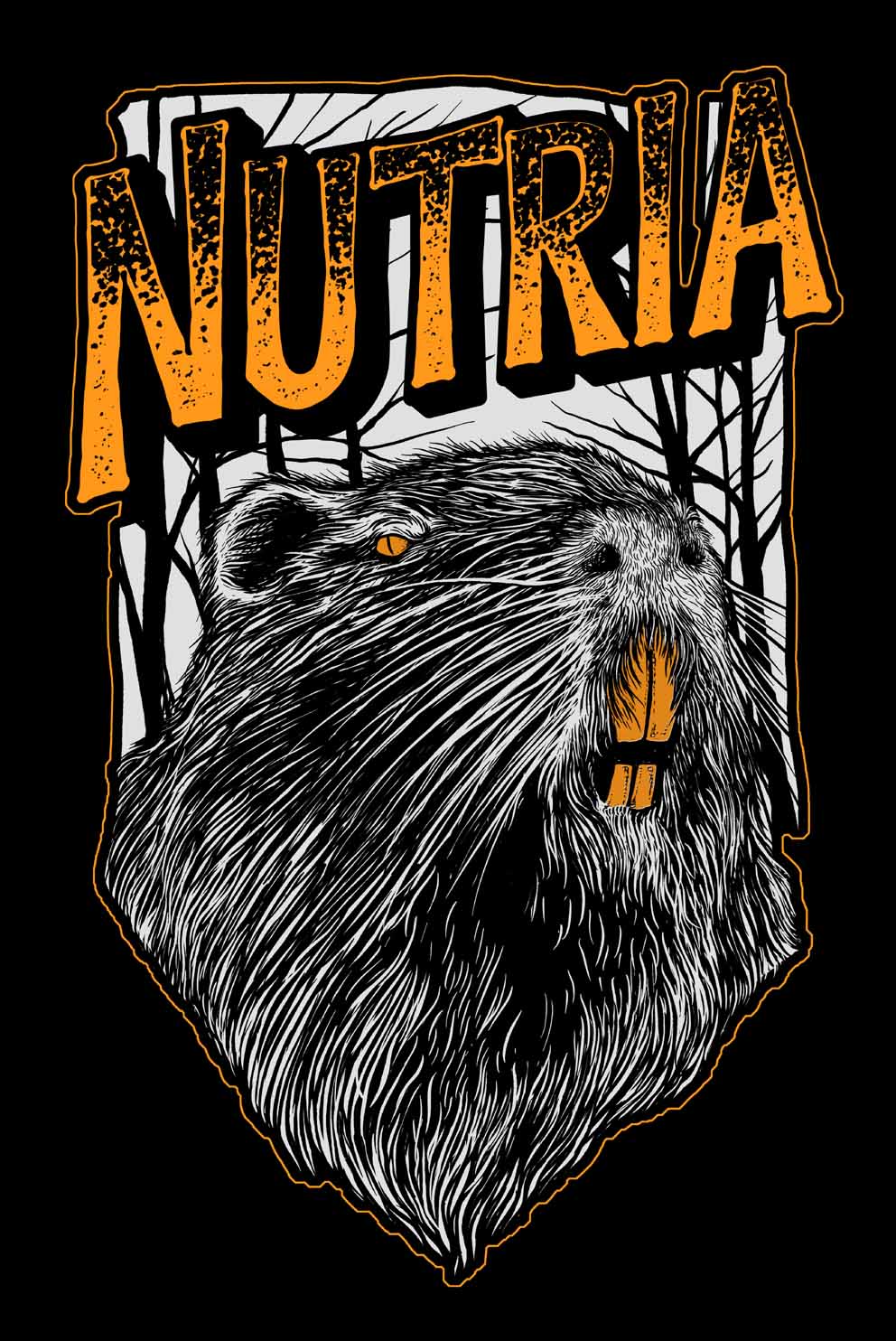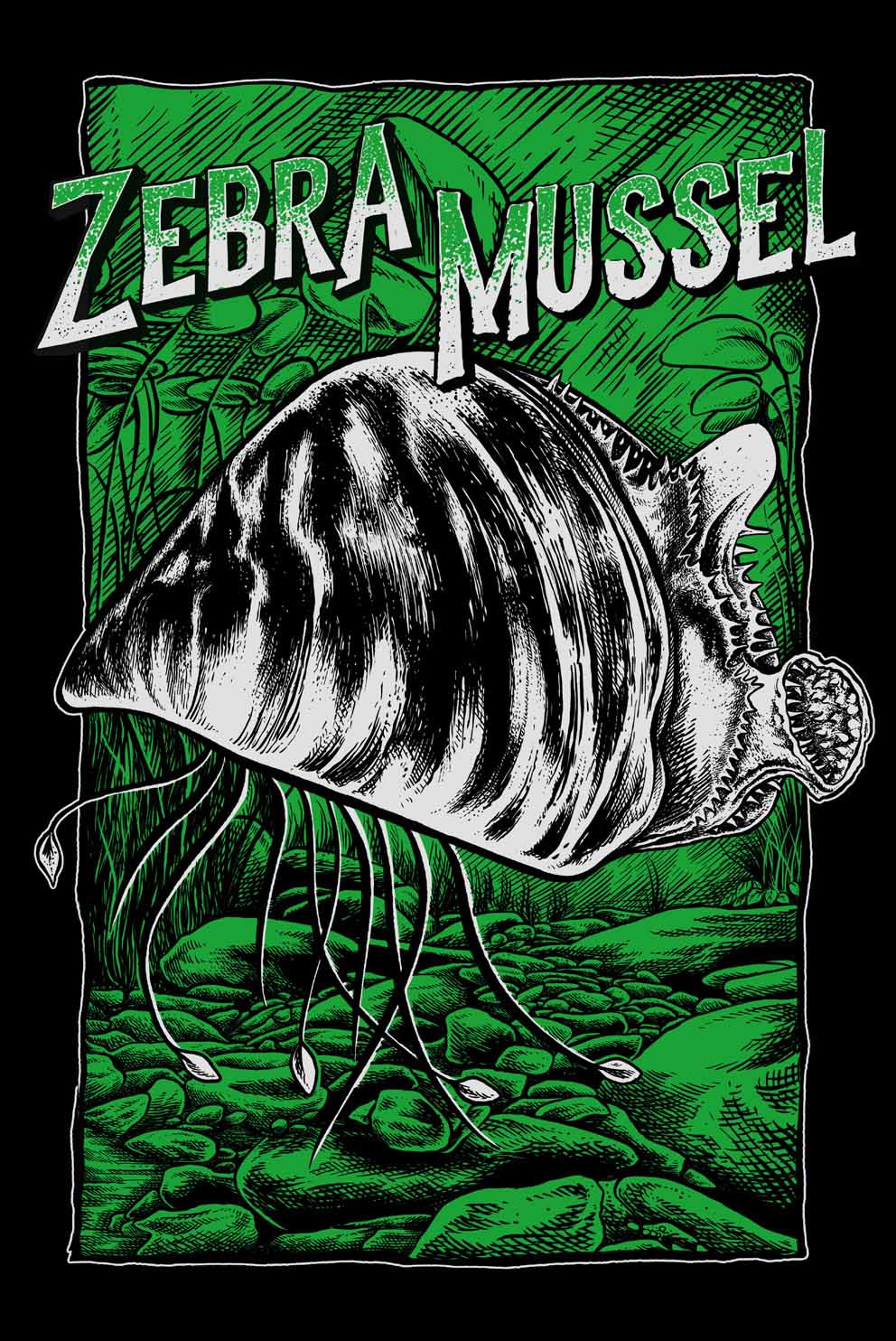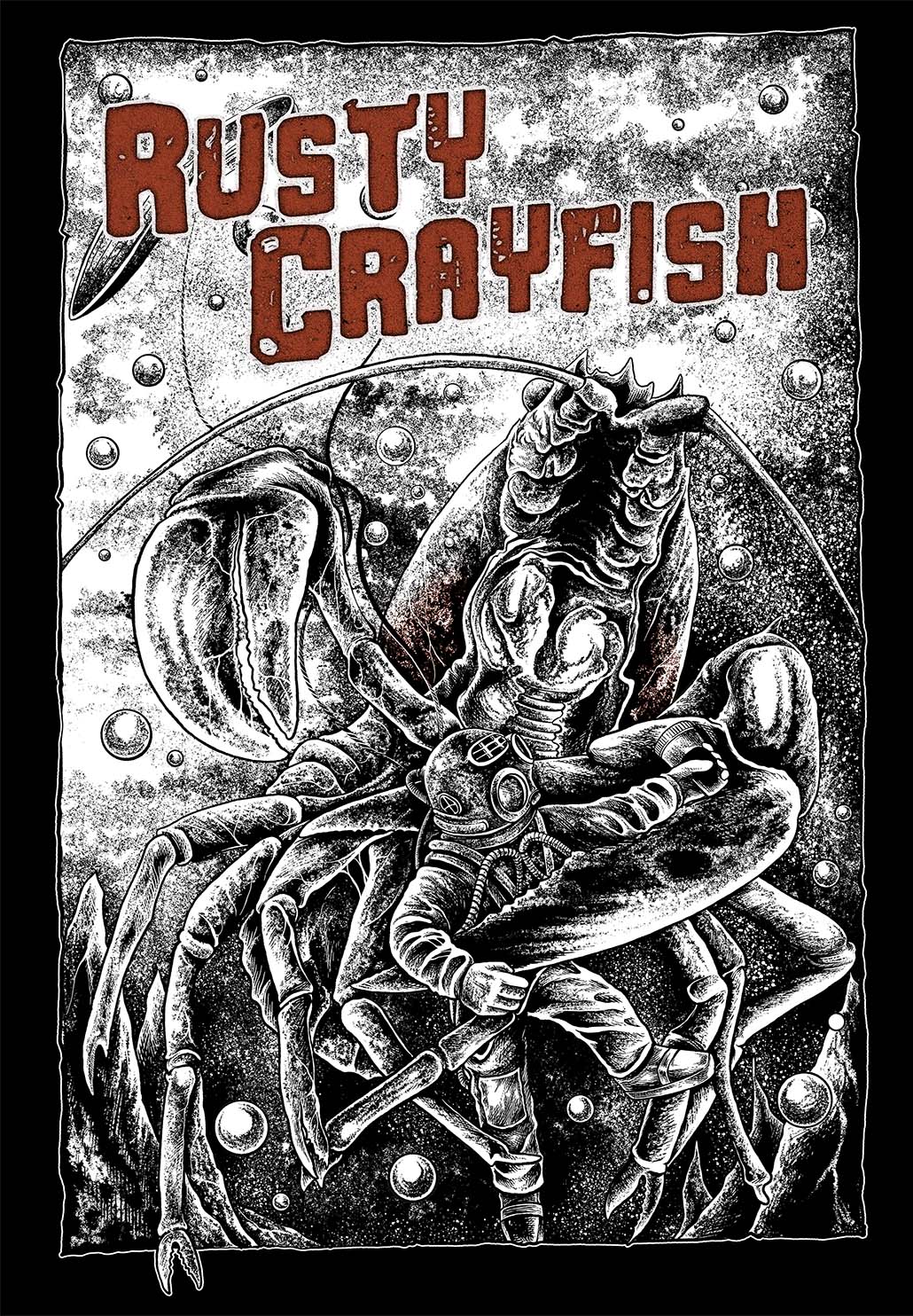
Rusty Crayfish
Really, who’s afraid of a crayfish? All Virginians should be, as the rusty crayfish’s claws may be small, but its impact on Virginia’s game fish populations as an invasive species could be large. Rusty crayfish (Faxonius rusticus) is native to Ohio, Indiana, Kentucky, and Northern Tennessee, but was first found in Virginia in 2011, probably having been used by anglers for bait and sold in the pet and biological supply industries.
Rusty crayfish outcompete native crayfish for food and territory, are voracious fish egg-eaters, and reduce aquatic plant abundance and species diversity, which impacts the habitat for other crayfish and fish species. They are associated with population declines of game fish such as bluegill and bass, along with game and non-game other fish species.
Rusty crayfish are larger than species of crayfish native to Virginia, growing to almost four inches. They have a brownish-green body with dark, rusty-red spots on either side of carapace and large claws. Their size and those claws enable them to outcompete smaller, native crayfish from hiding places and for food, which they eat at about twice the volume of native crayfish. Just as native crayfish, the rusty crayfish eats almost any plant or small animal, dead or alive. But the rusty, due to its larger size and an accelerated metabolism, can eat much more than native crayfish, decimating the aquatic vegetation in whole sections of streams.
To help stop the spread of rusty crayfish, never release any individuals purchased as pets or as bait for angling into any body of water.
Learn More

